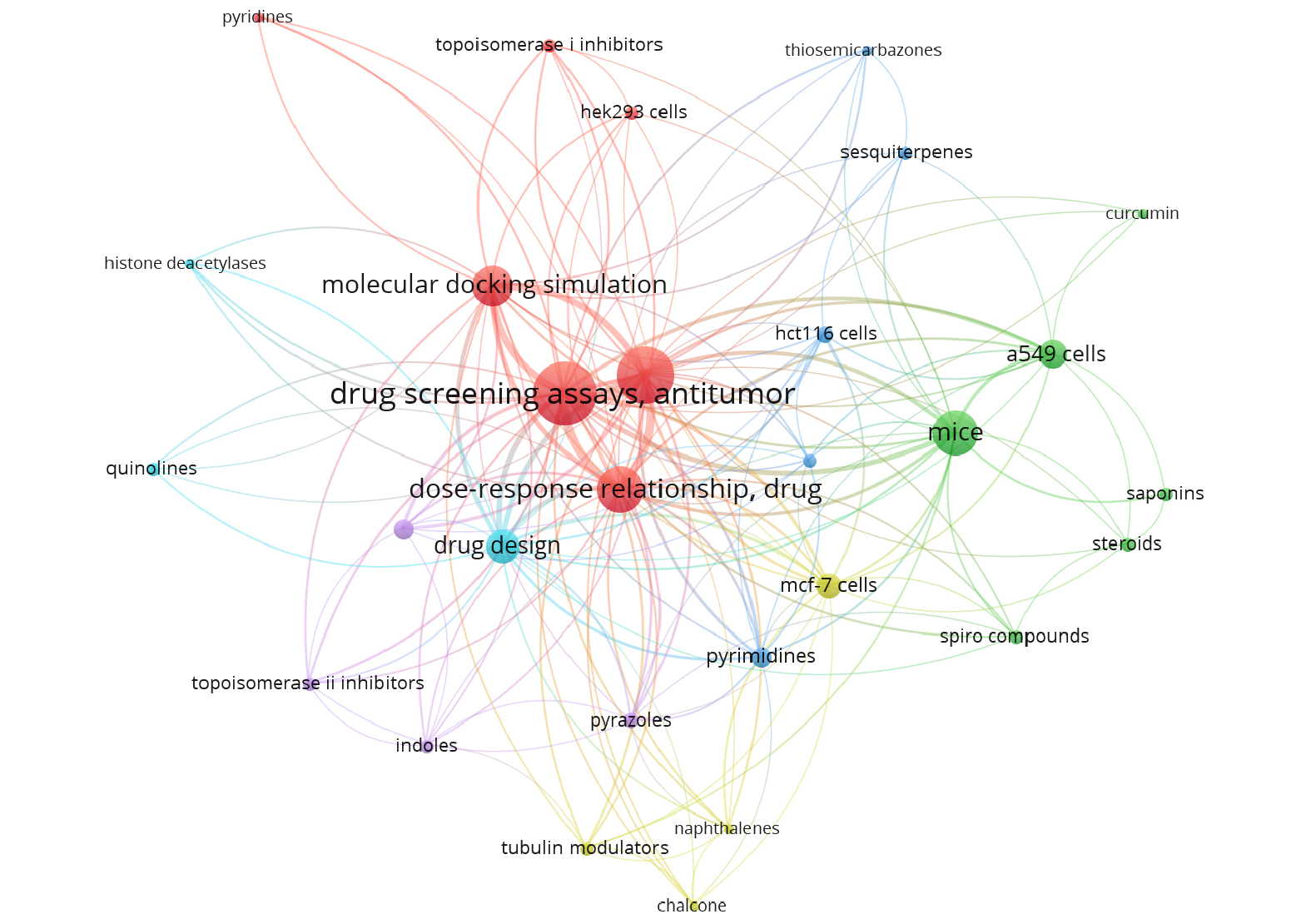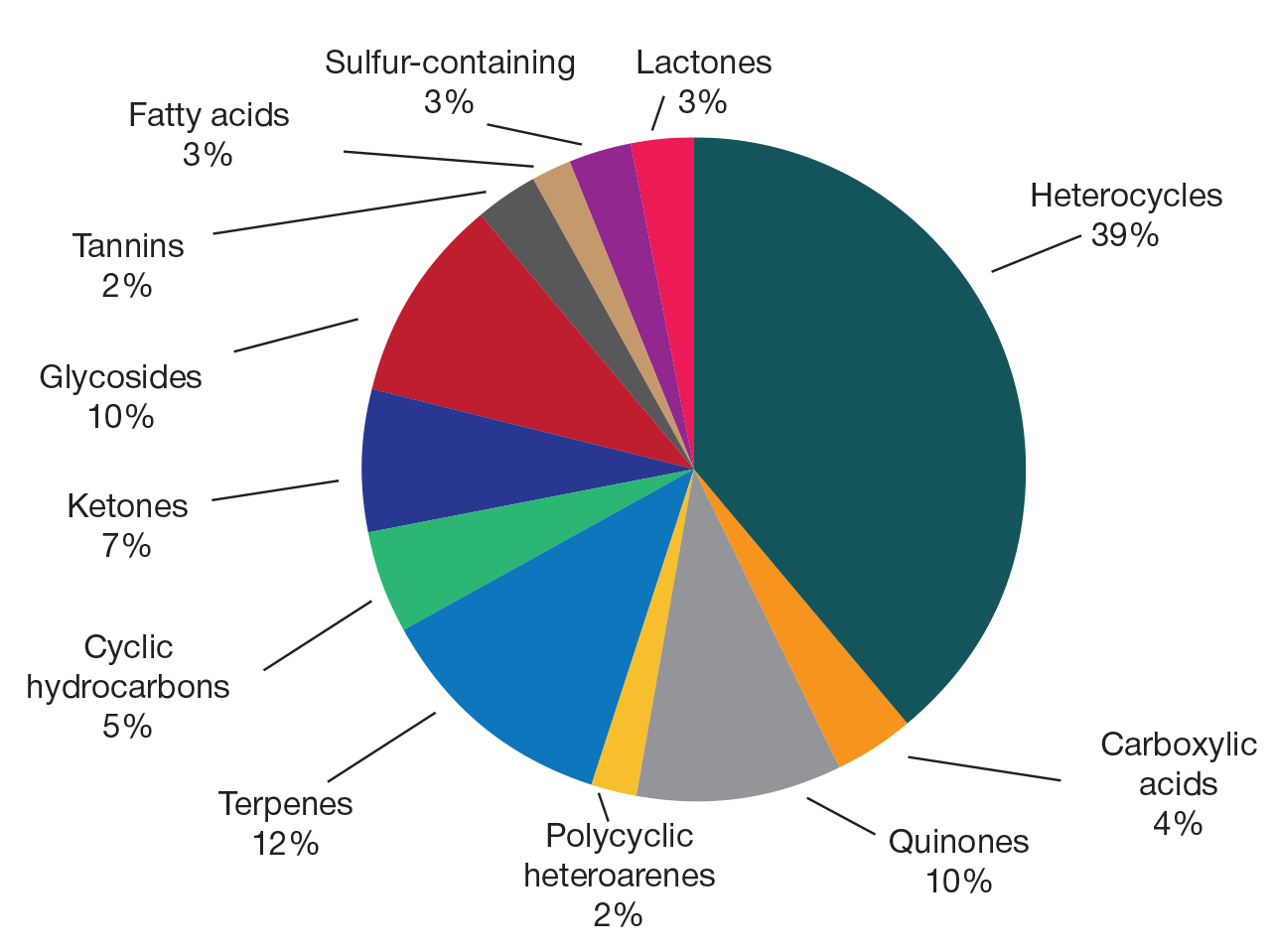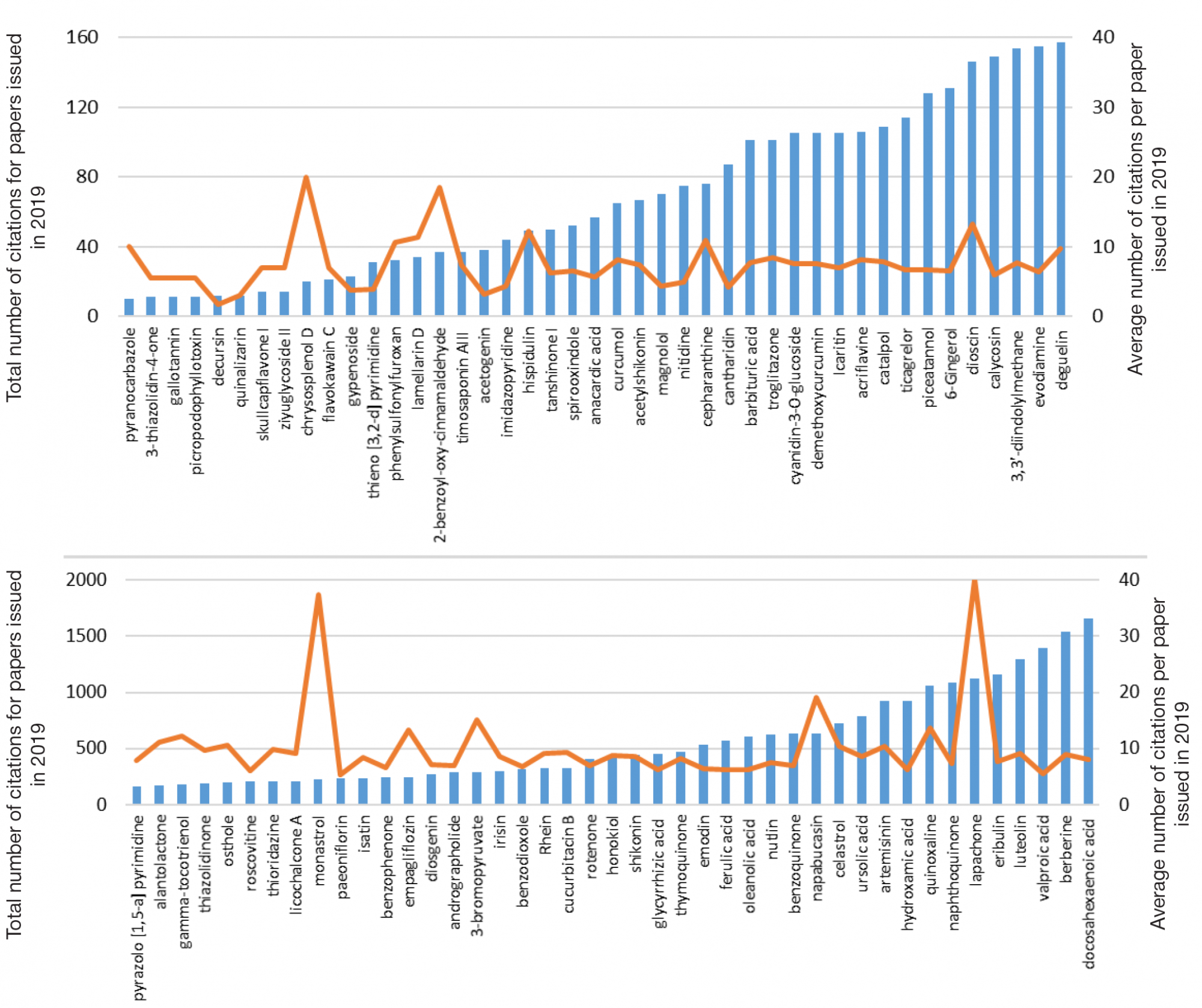
ISSN Print 2713-2757
ISSN Online 2713-2765
SCIENTIFIC AND PRACTICAL REVIEWED JOURNAL OF FMBA OF RUSSIA

Centre for Strategic Planning and Management of Biomedical Health Risks of the Federal Medical Biological Agency, Moscow, Russia
Correspondence should be addressed: Pavel V. Ershov
Pogodinskaya, 10, korp 1, Moscow, 119121; ur.xobni@97levap
Author contribution: Ershov PV — literature search, manuscript writing and formatting, conceptualization of the paper; Makarova AS — literature search, manuscript editing.




